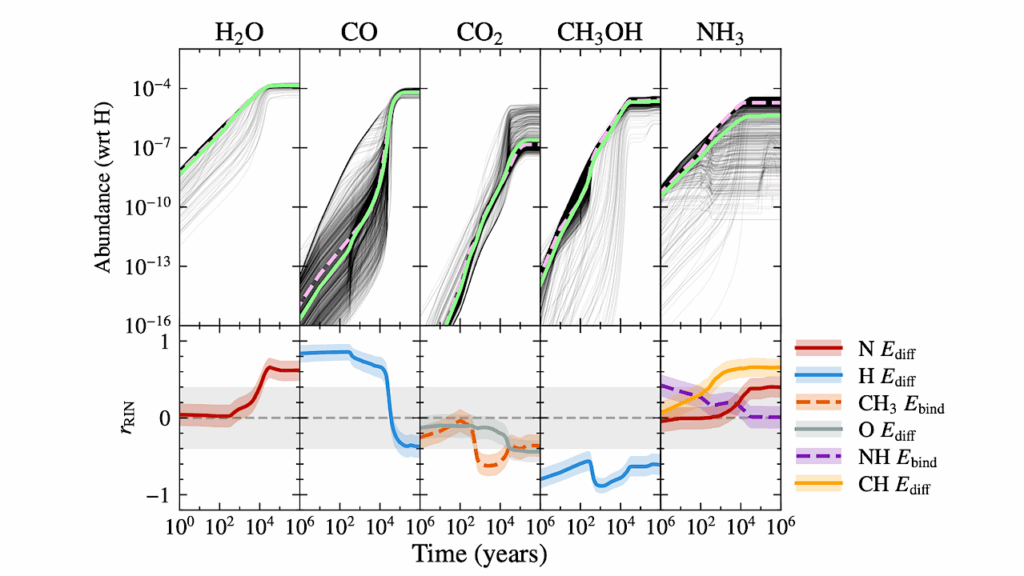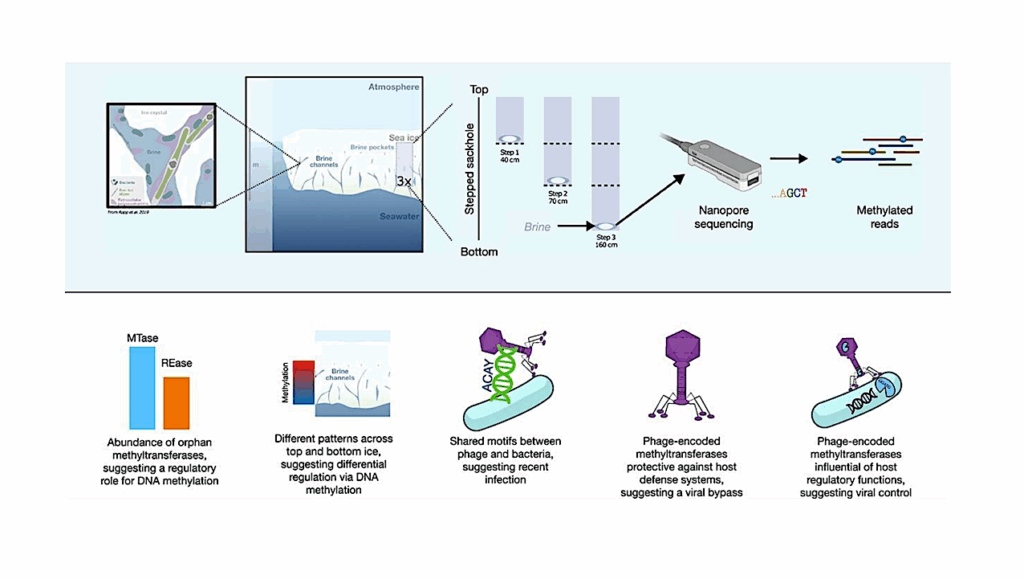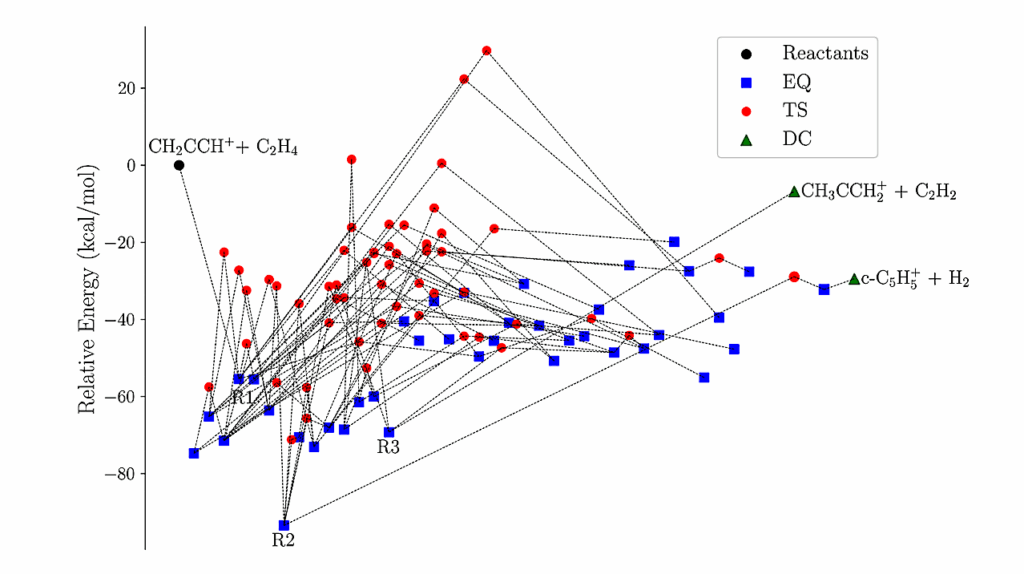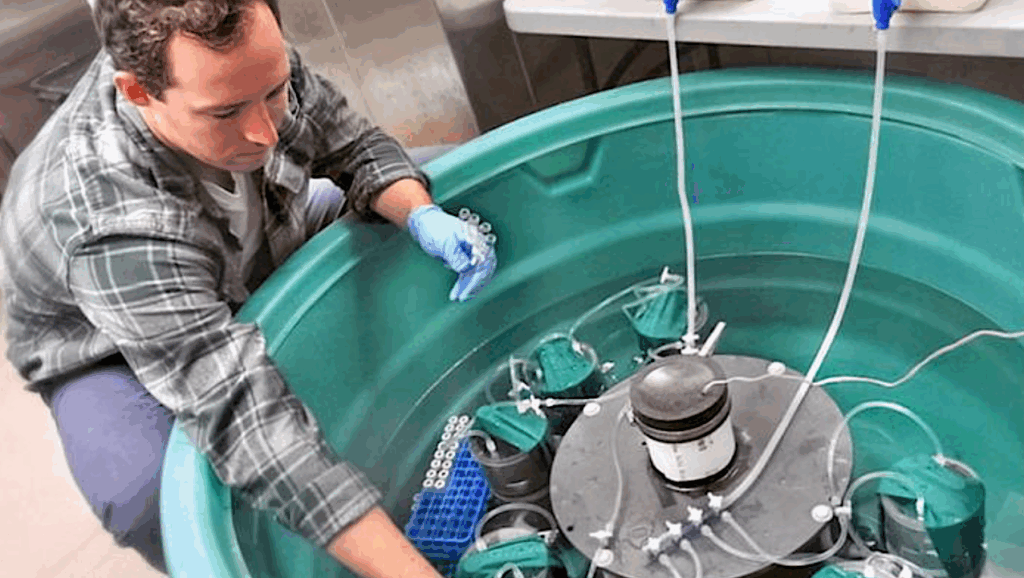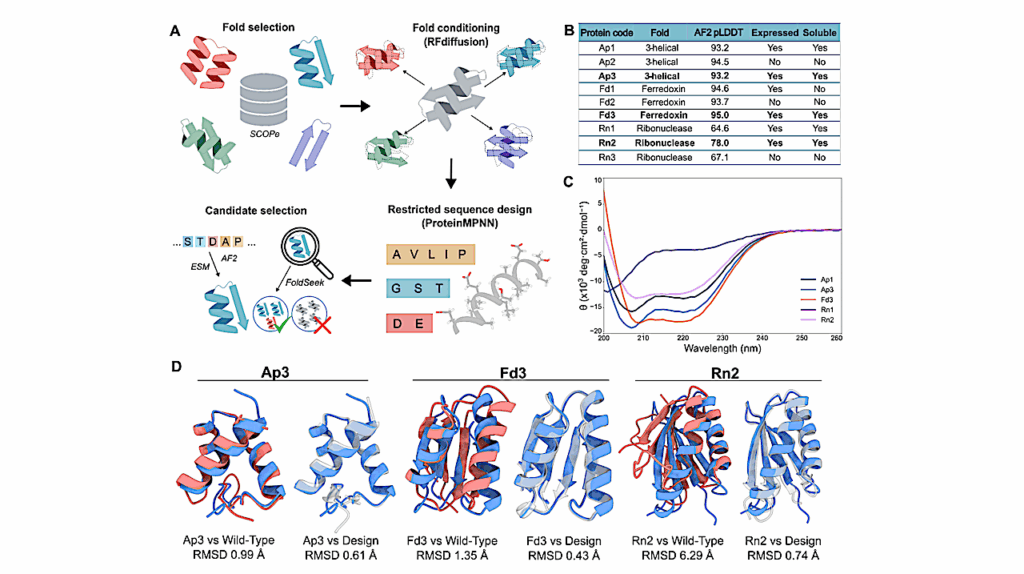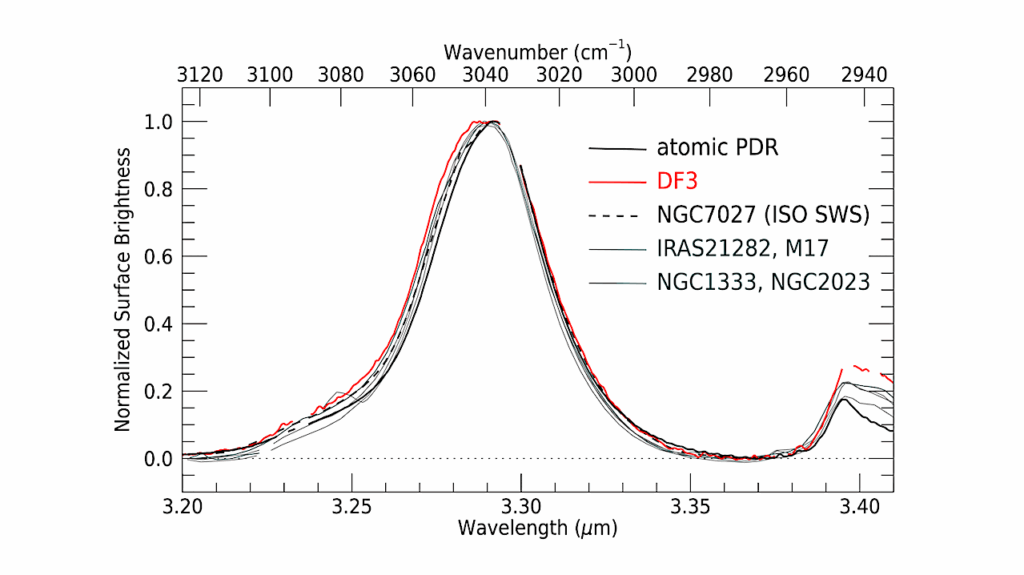Heatproof Microbes Reveal Molecular Secrets Of Nature’s Hottest Recycling System
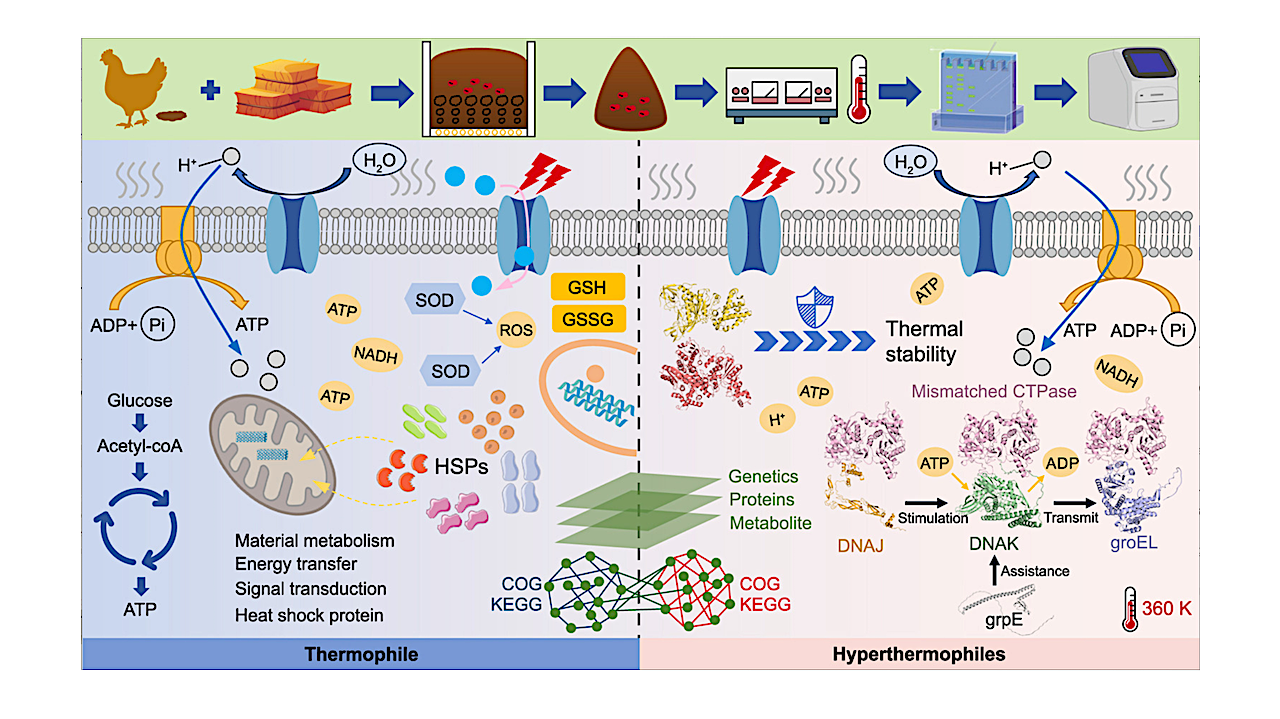
When compost piles reach nearly boiling temperatures, most life would perish—but not the resilient microbes thriving within. This study reveals how thermophilic bacterial communities withstand temperatures up to 87 °C by remodeling their molecular machinery. Using metagenomic and molecular simulation analyses, scientists uncovered a heat-defense network centered on heat shock proteins that refold damaged enzymes and preserve protein structure.
Enzymes from Truepera radiovictrix displayed remarkable rigidity and resistance to denaturation, maintained by tight hydrogen-bond networks and chaperone cooperation among dnaJ, dnaK, and groEL. These insights provide a molecular-level explanation for microbial heat tolerance, illuminating new ways to enhance composting efficiency and industrial biotechnology.
Hyperthermophilic composting transforms organic waste at extraordinary temperatures above 80 °C, accelerating decomposition and sterilization. However, such conditions push most microorganisms beyond survival limits, making it unclear how microbial life persists and even thrives. The challenge lies in understanding how thermophiles maintain stable enzymes and cellular processes when typical proteins unravel.
Previous studies examined isolated heat-resistant strains but lacked a community-wide, molecular understanding of how microbial systems adapt collectively to such harsh environments. Based on these challenges, a comprehensive investigation into chaperone-mediated protein remodeling during hyperthermophilic composting is urgently needed.
A research team from Northeastern University and China Medical University, in collaboration with the University of Tokyo, published (DOI: 10.1016/j.ese.2025.100630) a paper on October 20, 2025, in Environmental Science and Ecotechnology. The study decodes how microbial communities survive near-boiling composting conditions through sophisticated protein repair networks.
By integrating metagenomics, structural modeling, and molecular dynamics simulations, the researchers identified that heat shock proteins orchestrate a coordinated defense system to stabilize essential enzymes. Their findings bridge ecological succession with molecular adaptation, unveiling how life persists at the thermal limits of biology.
When compost temperature soared to 87 °C within a day, thermophilic species such as Bacillus, Thermobifida, and Truepera quickly dominated the microbial community, driving efficient organic breakdown. Metagenomic data revealed the activation of translation and amino acid metabolism pathways, while mobile genetic elements were suppressed to protect genomic integrity. Statistical modeling showed that temperature and HSP expression together explained over 97% of variations in thermophile abundance, underscoring the central role of molecular chaperones in maintaining life at extreme heat.
On the molecular scale, Truepera radiovictrix enzymes—including DNA polymerase A, ATP synthase α, and cytidine triphosphate synthase—remained tightly folded even at 360 K. Simulations revealed dense hydrogen-bond networks and compact hydrophobic cores that prevent structural collapse.
The chaperones dnaJ, dnaK, and groEL worked in sequence: dnaJ recognized misfolded regions, dnaK stabilized them using ATP energy, and groEL completed refolding within its protective cavity. This hierarchical repair cycle restored protein function and preserved cellular homeostasis, revealing how cooperative molecular systems sustain microbial activity under extreme heat.
“Microbes have evolved extraordinary teamwork at the molecular level,” said Prof. Tong Zhu from Northeastern University, the study’s corresponding author. “Our results show that thermophilic bacteria don’t just endure high temperatures—they actively rebuild their proteins through an intricate chaperone network. It’s a collective survival strategy encoded in their genomes. Understanding this process gives us a new blueprint for engineering robust microbial systems capable of performing in industrial or environmental settings where ordinary life would fail.”
The discovery offers valuable guidance for designing high-performance microbial systems for bioenergy, fermentation, and waste management. By revealing how heat shock proteins maintain enzymatic stability under extreme stress, the research opens opportunities to engineer thermostable enzymes and resilient microbial consortia for continuous operation at elevated temperatures.
These principles could optimize composting, accelerate bioreactor efficiency, and improve biotransformation in hot industrial environments. Beyond practical benefits, the findings shed light on the molecular evolution of thermophiles—organisms that may hold clues to life’s resilience on Earth and beyond.
Chaperone-mediated thermotolerance in hyperthermophilic composting: Molecular-Level protein remodeling of microbial communities, Environmental Science and Ecotechnology (open access)
Funding Information
This work was supported by the National Key Research and Development Program of China (No. 2020YFC1806402), the Shenyang Science and Technology Plan Project (No. 20-202-4-37).
About Environmental Science and Ecotechnology
Environmental Science and Ecotechnology (ISSN 2666-4984) is an international, peer-reviewed, and open-access journal published by Elsevier. The journal publishes significant views and research across the full spectrum of ecology and environmental sciences, such as climate change, sustainability, biodiversity conservation, environment & health, green catalysis/processing for pollution control, and AI-driven environmental engineering. The latest impact factor of ESE is 14.3, according to the Journal Citation Reports TM 2024.
Astrobiology, genomics, extremophiles,


